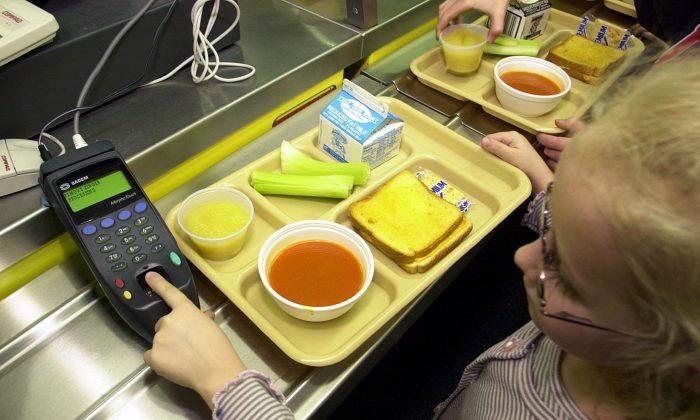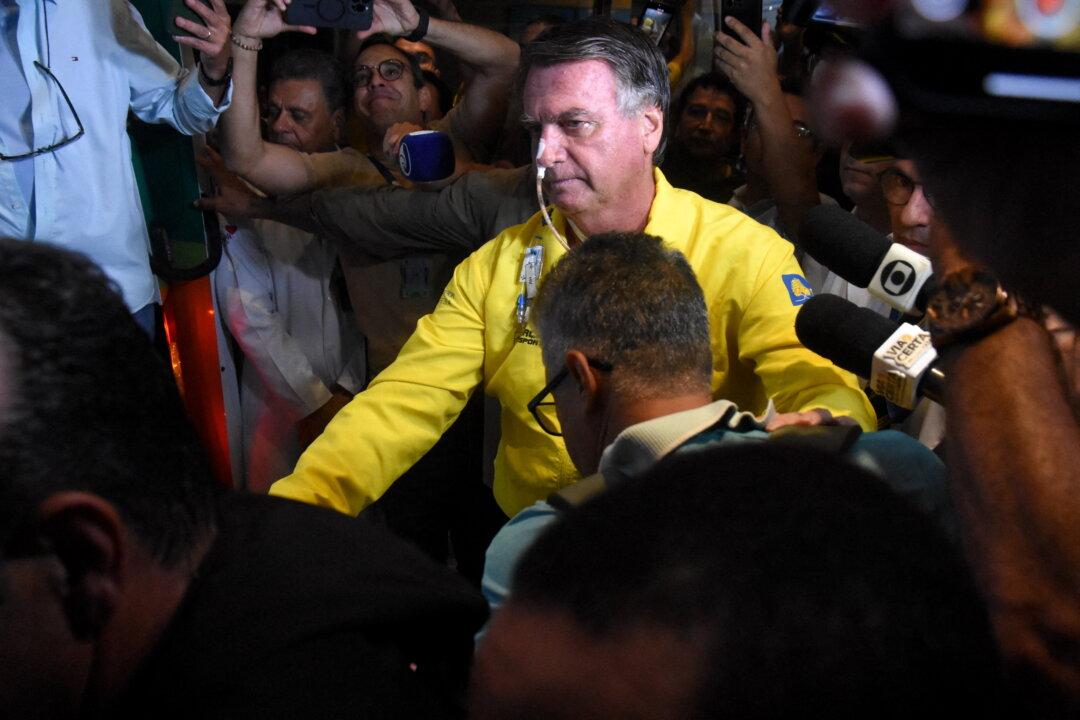WARWICK, Rhode Island—A Rhode Island school district reversed its decision to start serving cold sandwiches instead of hot lunches next week to students whose families owe lunch money.
Warwick Public Schools had said it would serve sunflower butter and jelly sandwiches to students whose families are in arrears beginning on Monday, May 13, sparking a public backlash and upsetting the mayor, who asked the school committee to reconsider. The district said it was owed about $77,000 for lunches and couldn’t absorb more debt.
“The Warwick Public School System has an outstanding balance of $77,000 for unpaid school lunches,” said the fundraiser description. “Let’s come together and pay it for the kids, so no one has to be singled out and embarrassed by being denied hot lunch.”
About 70 percent of those students are not enrolled in the program for free or reduced price lunches, Bachus added.

To qualify for free meals, children must come from families with an income below 130 percent of the “poverty level.”
Reduced price meals ($.40 or less) are available for those at 130-185 percent of the poverty level.
Above this level, the school or institution sets the price.
Bachus said they’re also working with attorneys on a way to accept donations to help settle lunch debt, after a local restaurant owner, Angelica Penta, said the district twice turned down the offer to donate $4,000.
Penta was one of many people who weighed into the intense debate on social media.
While some labeled it as “food shaming” the poor, other parents encouraged each other to help settle any outstanding debts with donations.
About $14,000 was collected from families with outstanding balances this week, after the cold sandwich policy was announced, Bachus said.
She said they’re seeking to find a balance between being fiscally responsible and ensuring that all students get a healthy, nutritious lunch.

Critics say such lunch debt policies shame children for something outside of their control. Pending legislation would change state law making free hot lunches available for all students regardless of income.





